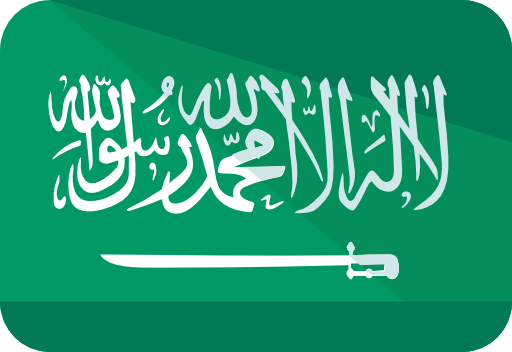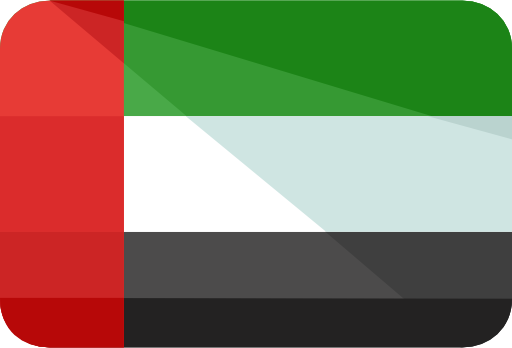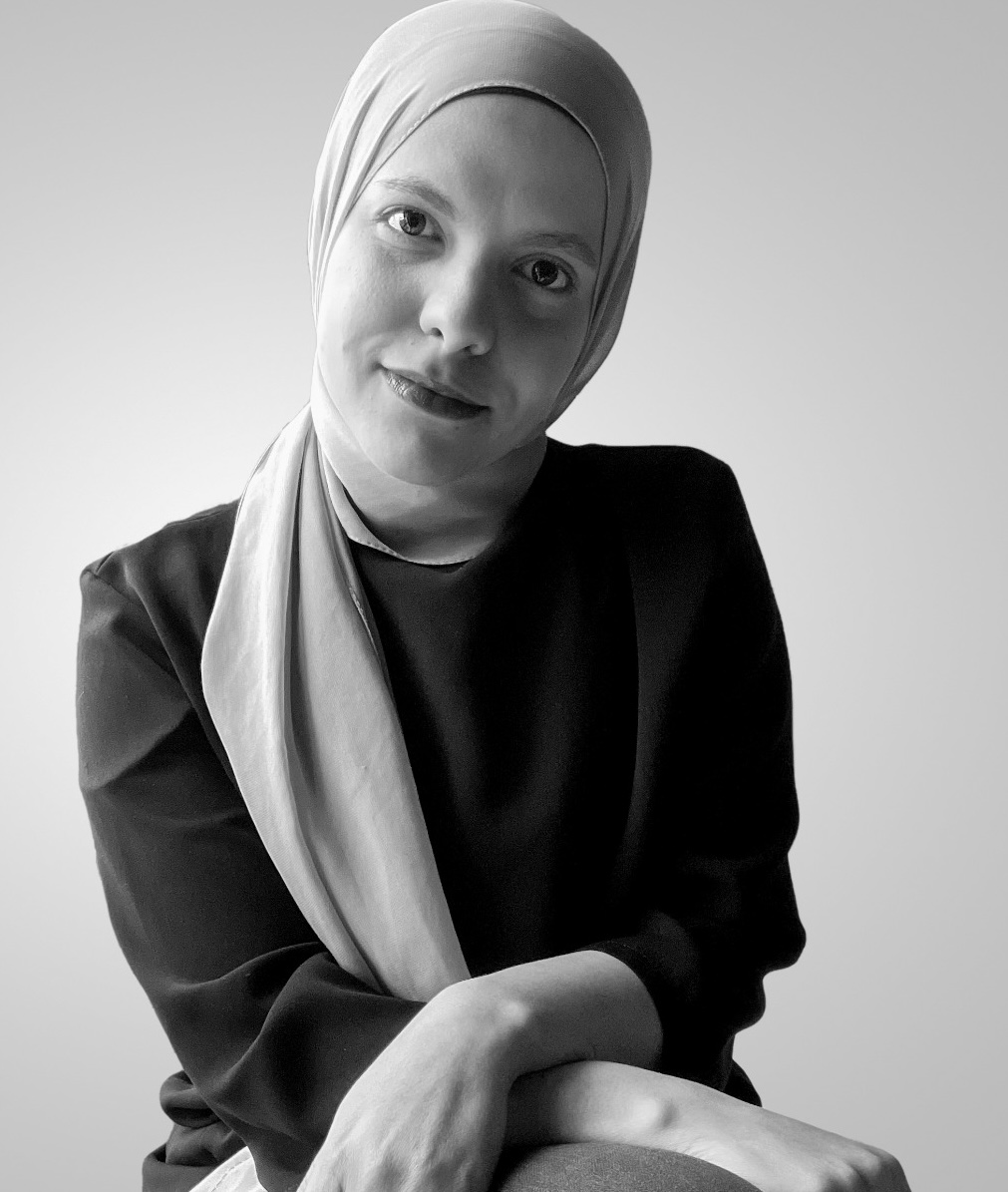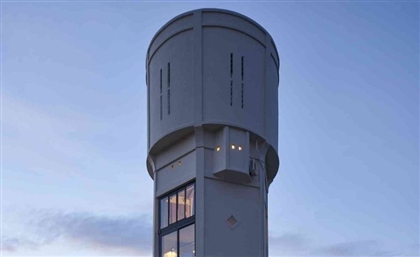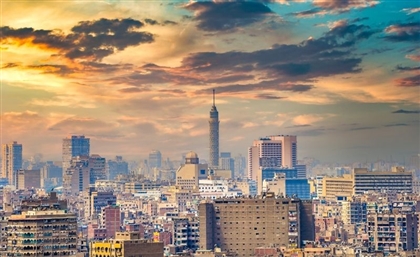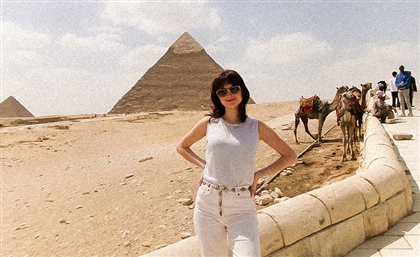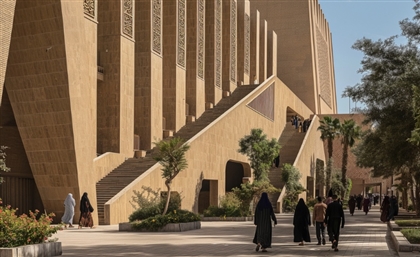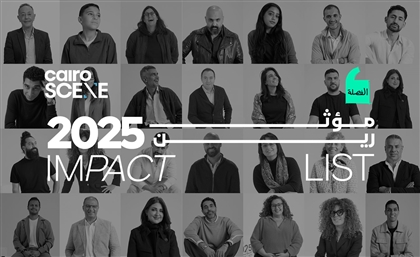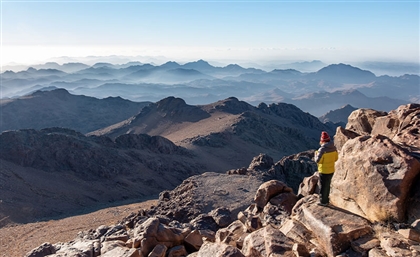Kuwait Architecture Posters Revives Forgotten Landmarks in Print
Architect Ahmed Safer is on a mission to revive Kuwait’s overlooked architectural icons through stunning digital posters that turn concrete landmarks into collectible memory pieces.
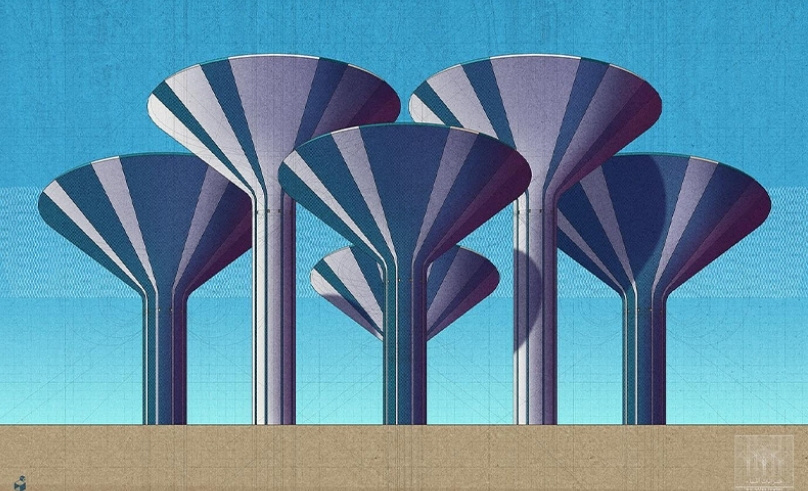
Something about stumbling on Kuwait Architecture Posters' Instagram page feels like a portal to Kuwait’s architectural golden age - think crisp lines, soft tones, and retro silhouettes that seem pulled straight from old blueprints. But looking closer, you will find the intricate work of Ahmed Safer, an architect and visual artist digitally preserving the country's forgotten landmarks.
-dbcad060-a3a4-45a5-a947-771de715ed80.jpg)
Safer’s posters are the closest thing to architectural love letters, tributes to a post-oil boom Kuwait that once embraced Brutalism and Modernism with open arms. The exposed beige concrete, perfectly symmetrical facades, and pure geometry punctuated by just the right touch of Islamic motif. This was the Kuwait of the 1950s through the 1980s - a time of experimentation, optimism, and design clarity. “This period is, in my opinion, the most significant in terms of architectural development and awareness in Kuwait," Safer explains. "It's only fair to honour and commemorate these buildings in a unique artistic and technical way - so people would proudly hang them on their walls.”
-2faf29fc-ee68-4348-9993-747c1f21cd7e.jpg)
Many of these buildings were once national symbols of ambition and are now being quietly demolished, sacrificed in favour of skyscrapers and glass towers. Kuwait Architecture Posters documents what’s disappearing, and reframes the narrative around what’s worth remembering.
Safer’s process is part detective work, part digital craft. It all starts with a building on his list, then it’s time to hunt for images. Sometimes that means snapping photos himself, flying a drone over rooftops, or walking around the structure to capture every angle. If the building’s already been demolished, he turns to old books and online archives to track down any image he can find. Once he’s gathered enough, he pieces everything together and slowly brings the building back to life - redrawing it line by line, and adding colours, textures and shadows until it feels like time capsules, but also designs you’d actually want to frame.
-886a8390-8903-4854-b282-53f7da333633.jpg)
While most people can name the big Kuwaiti architectural icons - Kuwait Towers, Liberation Tower, Parliament and the Grand Mosque - Safer’s work looks beyond the obvious. Some buildings hold a deeper resonance, not because they’re famous, but because they tell forgotten stories. “The Al-Khalijia Complex and Behbehani Complex were once the tallest in Kuwait City," Safer adds. "They're not just beautiful - they reflect our growth, our ambition. That’s worth learning about and appreciating.”
His posters also tap into a kind of collective memory. “Our generation grew up with these buildings. We remember going to them as kids. And now, seeing them forgotten or abandoned - it’s painful. I want my work to bring back that emotional connection.” Safer explains.
-e361b5cc-67f6-46fb-9607-75a5eba0c144.jpg)
There may be room for the project to grow into books, murals, or even animation, but for now, Safer’s focus remains on what he does best: drawing facades that once defined Kuwait’s skyline with the kind of obsessive care only someone who truly loves these buildings could give. “I want people to feel proud of Kuwait’s architectural heritage," Safer says. "Proud enough to hang it in their homes. And maybe - just maybe - that pride will help protect what’s left.”
- Previous Article Lella Fadda & Zeyne to Perform at COLORS’ Tones of Paris Oct 25-26
- Next Article Six Unexpected Natural Wonders to Explore in Egypt
Trending This Week
-
Dec 27, 2025
-
Dec 23, 2025


